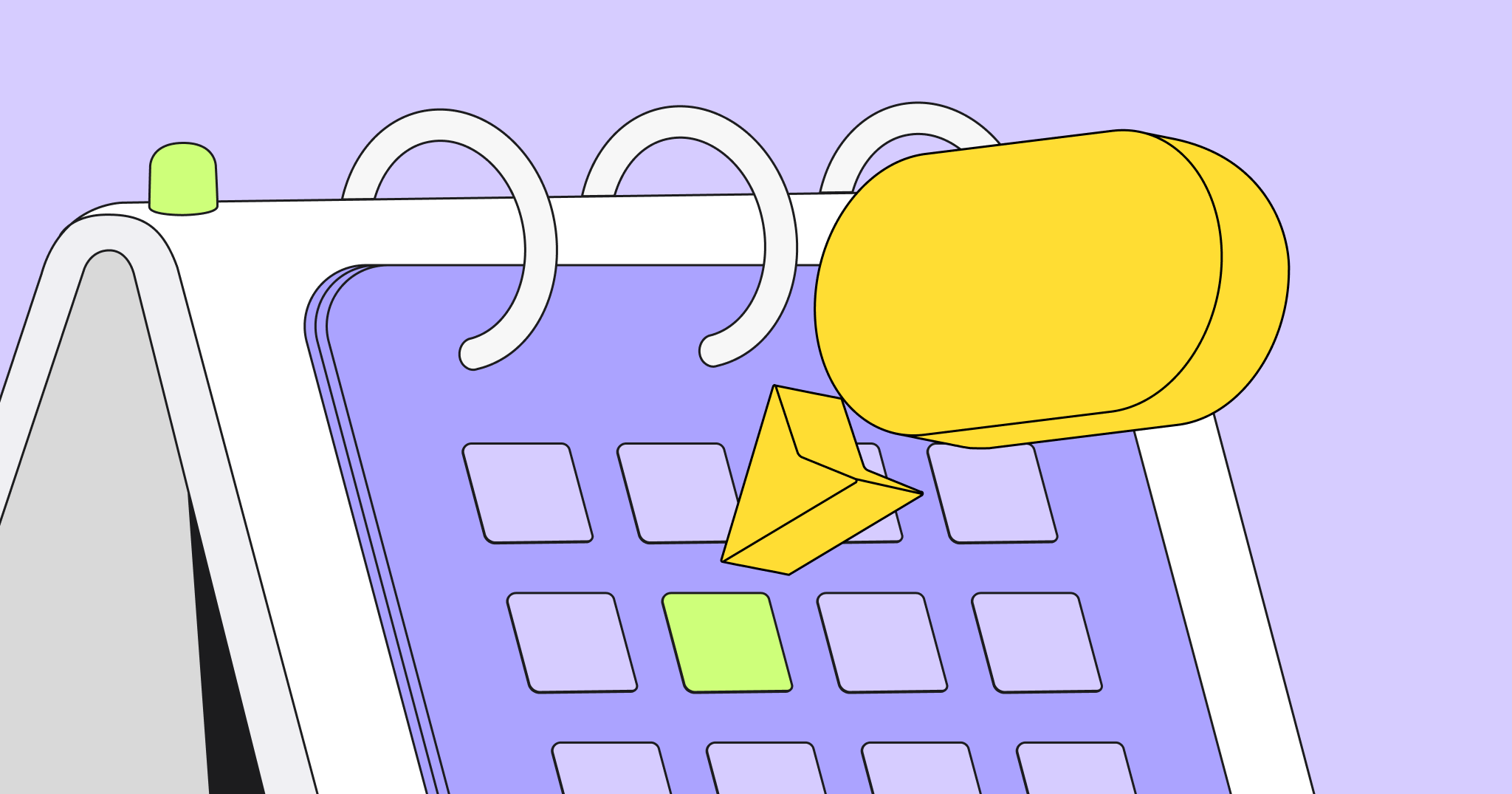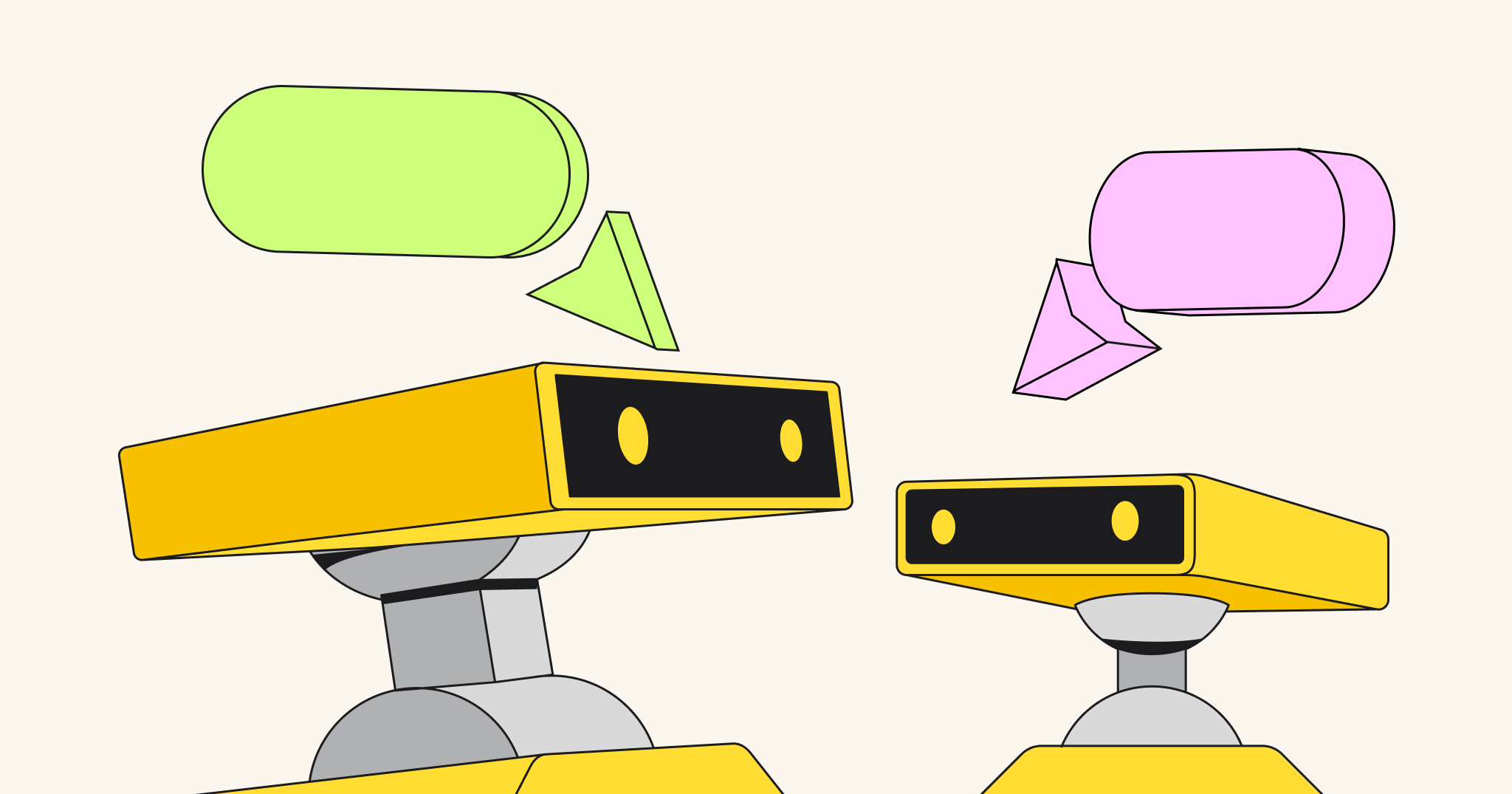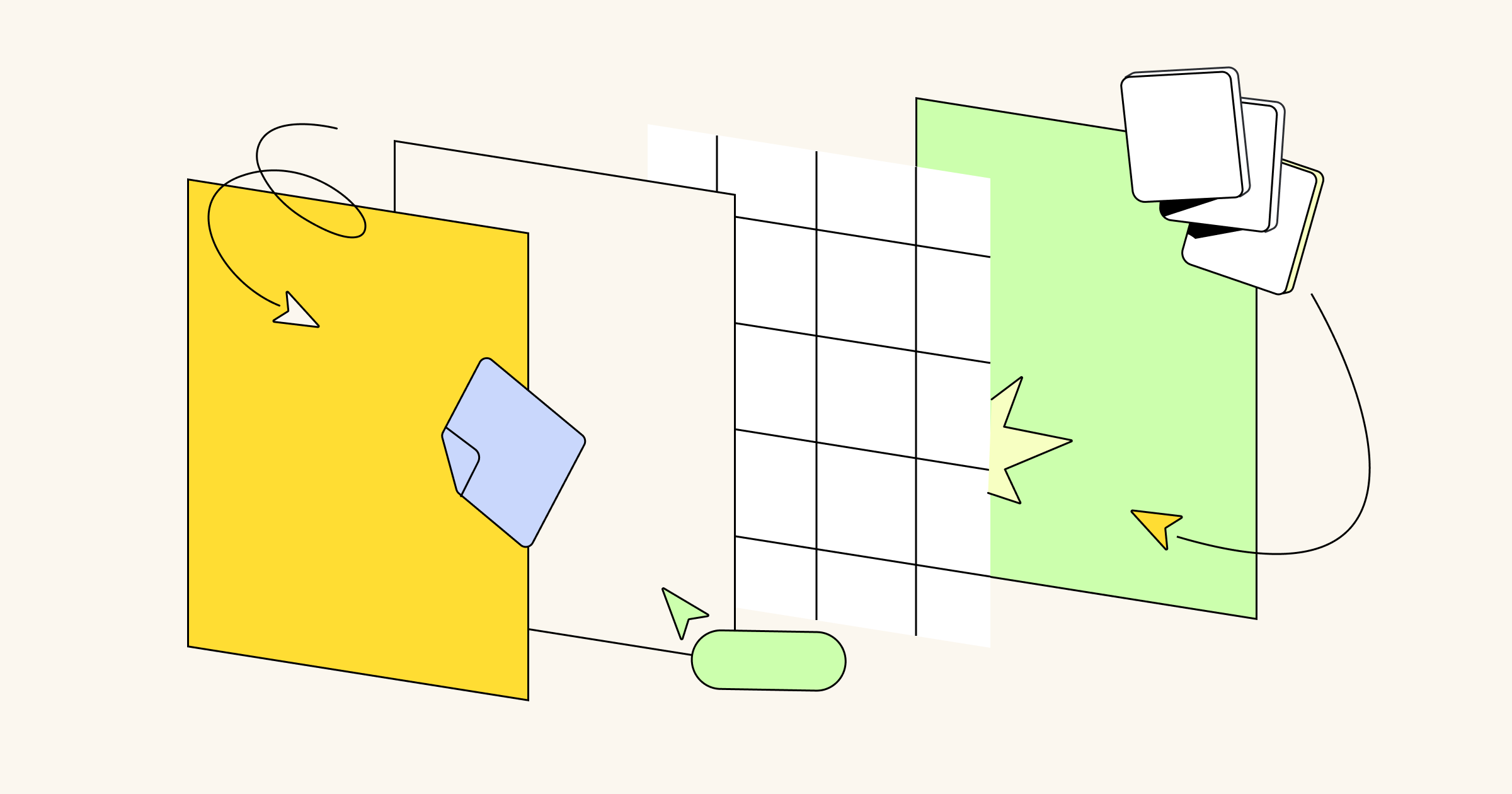A client wants a new mockup by the end of day; the development team identifies a bug that needs fixing; a competitor launches a cool new feature — and that’s all before lunch! The fast pace of business today makes Agile collaboration — the ability to coordinate among cross-functional teams — more important than ever. To stay competitive and innovative, Agile teams must be able to quickly adapt, take action when new opportunities arise, and practice relentless improvement.
Below, we’ll break down what Agile collaboration is, its benefits, and which Miro templates can help your Agile teams work even better together.
What is Agile collaboration?
Agile collaboration is the process of cross-functional teams coming together to work on discrete, time-bound projects with a focus on continuous iteration and improvement. Agile teams avoid silos and hierarchical decision-making — instead, they’re empowered to work together to quickly make decisions, solve problems, and incorporate customer feedback into new releases. In fact, one of the Agile Manifesto’s core values is “Individuals and interactions over processes and tools.”
Successful collaboration in Agile requires teamwork, flexibility, adaptability, and constant feedback. Meetings like Sprint Planning and Daily Scrum get colleagues on the same page, while visual tools like kanban boards allow team members to monitor workflows in real time and clarify who’s responsible for each task.
Adopting the Agile mindset, which empowers employees to embrace flexibility and adapt to change, can also enhance Agile collaboration and create a culture that builds trust and empathy among team members. Tools that make collaboration easier (and more fun) can lay the foundation for seamless workflows that lead to innovation and continuous improvement.
Benefits of Agile collaboration
There are many short and long-term benefits of Agile collaboration, including:
- Improved communication: Regular touchpoints help Agile teams better coordinate workflows and reduce duplication of efforts.
- Enhanced transparency: The visibility baked into Agile processes leads to more accountability and alignment on big-picture goals and everyday todos.
- More adaptability: Setting a foundation for strong team communication and cooperation ensures that it’s easier to adapt together when an inevitable change of plan occurs.
- Fewer surprises: Since teams are in constant communication with each other and the customer, there are fewer unwelcome surprises that could deflate team morale (and the bottom line).
Agile collaboration also benefits the business with increased flexibility, faster delivery, and higher quality products. Since Agile focuses on continuous iteration and improvement based on customer feedback, teams are able to quickly deliver products and then collaborate with clients to improve them. The end result is a product that’s directly tailored to your customers’ needs.
10 of the best Agile collaboration templates in Miro
Take your Agile collaboration to the next level with templates created by the Miro community. These techniques and games provide engaging opportunities for your Agile teams to work together better.
Agile collaboration techniques
The following templates include Agile collaboration techniques that help teams brainstorm, resolve conflict, get aligned on goals, and identify opportunities for improvement.
The Sailboat Retrospective is a fun and effective way to communicate and align on what went well and what could be improved during a sprint. During the retrospective, each team member reflects individually on The Tropical Island (their sprint goal), The Wind (everything that helped them achieve their goal), The Sun (things that made them feel happy during work), The Anchor (things that slowed them down), and The Reef (potential risks ahead). Then they come together to discuss their findings as a group and move forward on an improvement action plan to ensure the next sprint has more Sun and fewer Anchors.
The Event Storming Template is a brainstorming method that collaboratively develops knowledge and understanding of a specific domain, then visualizes it in an interactive workshop. It cycles through the four evolution stages of event storming with key stakeholders like developers, domain experts, and product owners, who each bring their expertise to help the collective better understand a new field of knowledge.
The Team Canvas Template encourages teams to resolve conflict, clarify their goals, and understand each other’s motivations. (Think of it like Agile team-building.) As teams are guided through concepts like common and personal goals, and needs and exceptions, they’ll ultimately get more aligned on projects — and become more productive in the process. Team Canvas can be used for a variety of scenarios, such as onboarding, creating a new team, or addressing team performance (like when your team feels stuck or is overwhelmed with their workload).
This Lean Inception Workshop Template is particularly useful if you’re a product leader or facilitator and you need to align on business, UX, and technical perspectives for developing a new product. During the five-day workshop, you’ll start with developing your product vision—what does it do and not do?—and figure out your product goals. Then you’ll talk about audience personas and their user journeys. From there, it’s all about features and UX. Armed with insights, you’ll come away from this workshop with a solid understanding of the steps you need to take to build your MVP (Minimum Viable Product).
This ideation session template harnesses the creativity of cross-functional product teams during the Product Discovery phase. Through a structured ideation process, teams identify top challenges, brainstorm potential solutions, and prioritize a final set of ideas to take action on. It also creates space for team members to ideate “together alone,” meaning there’s time built in for individuals to reflect on their own before discussing ideas as a group. Ultimately, this template unlocks the creativity of product teams and builds consensus for next steps in the product development process.
Agile collaboration games
The following templates include Agile collaboration games that make using tools like kanban and retrospectives more fun and engaging.
This Lean-Agile coaching tool teaches teams the basics of kanban with the premise of who can make the most pizzas without creating waste. Teams are guided through three iterations that each build upon kanban concepts, like how to use work in progress (WIP) limits to reduce inefficiencies and improve workflow.
This quick jigsaw puzzle game brings online distributed teams together around iteration and collaboration, while also demonstrating the importance of retrospectives through play. Each team member takes a turn moving a puzzle piece until the puzzle is complete. The team has three attempts to improve their execution time, with a short break between each attempt for players to discuss the outcome and strategies for improvement (like a mini retrospective).
This template changes up the traditional retrospective with entertaining characters and icebreakers. Questions like, “Did anyone throw bananas at them? Are other teams going to overtake or push them off track? What powered the team up?” prompts more creative retrospective discussions.
This retrospective template, inspired by retro arcade games, adds a light-hearted touch to team sprint evaluations. It encourages team members to reflect on their latest sprint, evaluating it based on level of satisfaction, value delivered, and motivation.
This retrospective template uses a festival theme, with areas like the “main stage” and “fortune teller,” to drive conversation during sprint reflections. Teams discuss the highlights of the sprint, things they wish they knew at the start, pain points, and how to make the next sprint better.
Agile collaboration leads to business success
By arming your Agile teams with the tools they need to work together and build trust, you’ll create a thriving culture that encourages collaboration, innovation, and continuous improvement. Harness the power of Agile collaboration to forge strong teams — and an even stronger business.
Access more tools for Agile teams on Miro.




